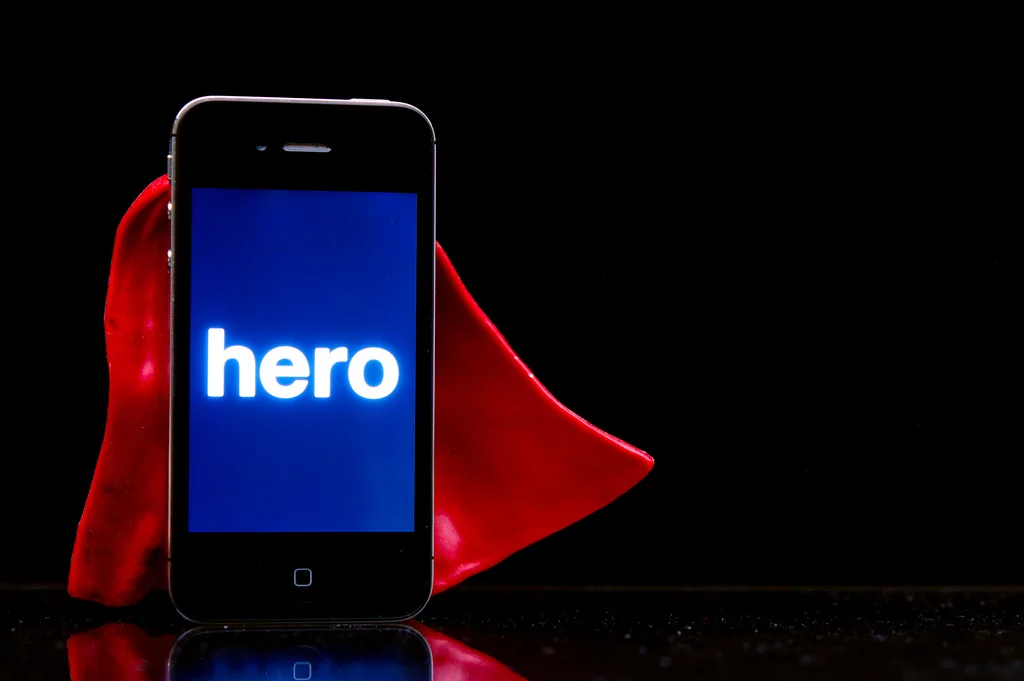NTEN 2017 offered a panoply of content for the nonprofit administrator whether their work focused on operations, fundraising or marketing. Significant to all institutions and panels is the increasing need to embrace inclusion and equity in programs, staff, and communications. A panel led by See3 Communications called "Making Stories Matter: Equity in Storytelling" offered frameworks to follow along with exemplary case studies from Nature Conservancy to the National Center for Transgender Equality. And, they kept it simple in order to still engage those organizations just considering shifting their storytelling models to better embrace all the members of their community
PRINCIPLES
Source: Flickr: JD Hancock
- Lead with a strategy-- know WHY you are communicating (what is the goal?) and WHO the audience is you are communicating to (their interests and wants) in order to consider HOW to structure your communication efforts, one step at a time.
- Find the HERO of your story-- every story needs a hero, but the key is understanding that your organization is NOT the hero. The people you serve are. For example, Nature Conservancy leads with "Nature Connects Us." Not sure exactly what they mean? Read some case studies.
- Check your bias, not your boxes -- if you don't know what your biases are, try taking these very simple implicit bias tests at UnderstandingPrejudice.org
- Listen, and then engage with your constituents -- let conversations occur with your organization and even between your followers. Talk with them like you would a friend, not like you are their teacher.
- Empower your constituents to share their own stories.
WHERE TO START
Start with your organization's goals -- write them out, then share them with the world. Who are your supporters? Who are your audiences? What stories are they interested in? What other stories support your organization's mission? Your organization needs to steer and support, and only sometimes drive and generate content.
How will your team identify, create and promote diverse content? They will need to consciously get out of or pivot 90 degrees from their normal go to's. Create a rubric so that you make sure you tell MULTIPLE stories from MULTIPLE viewpoints.


